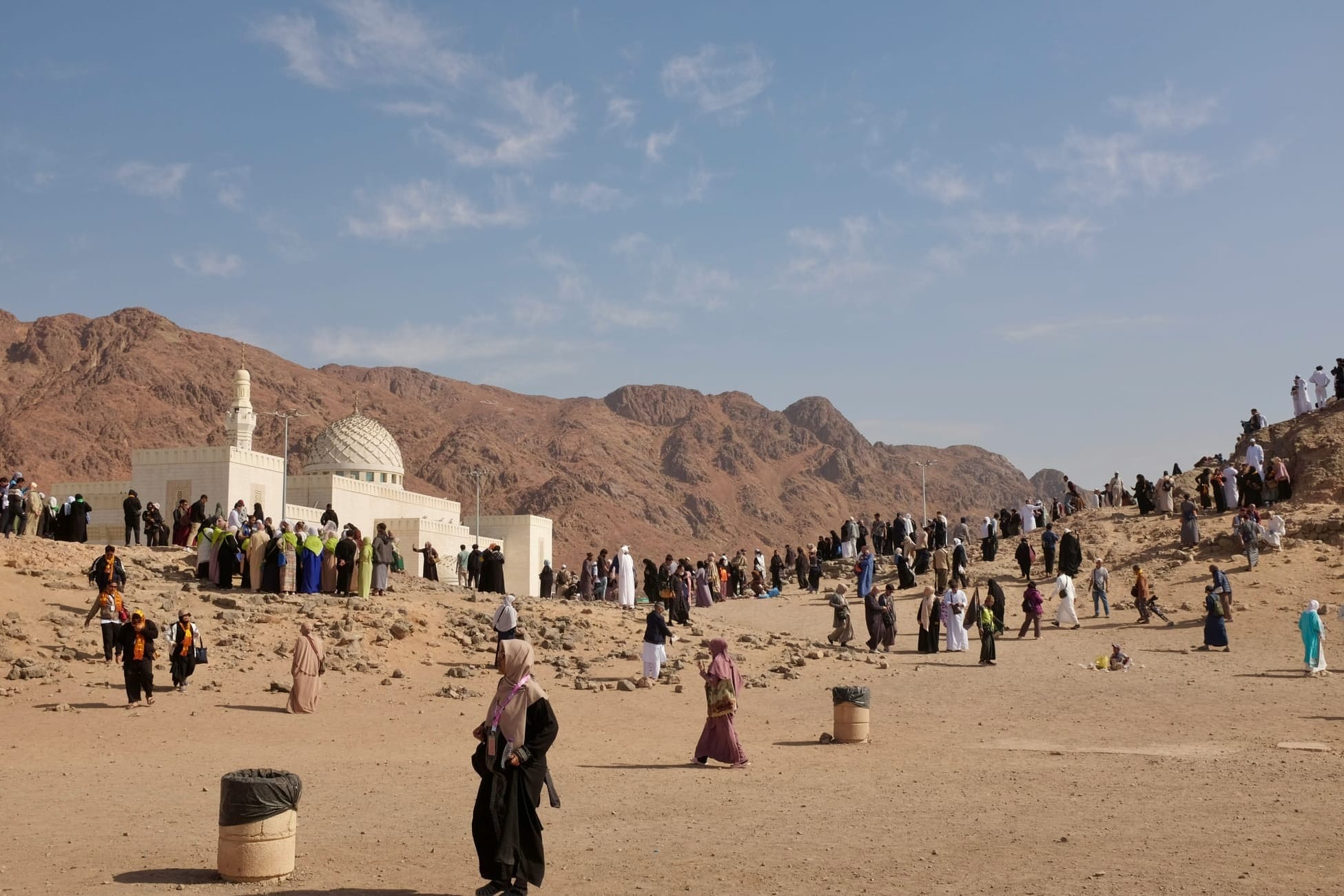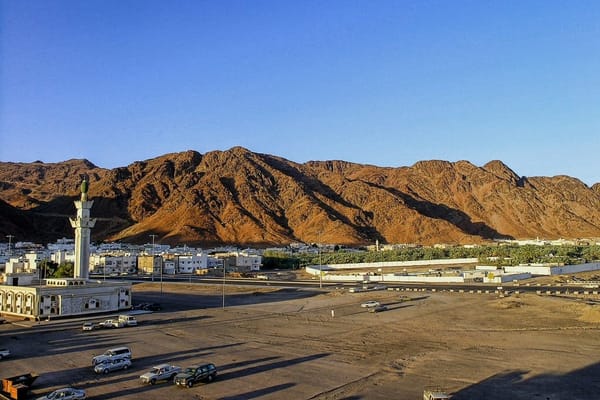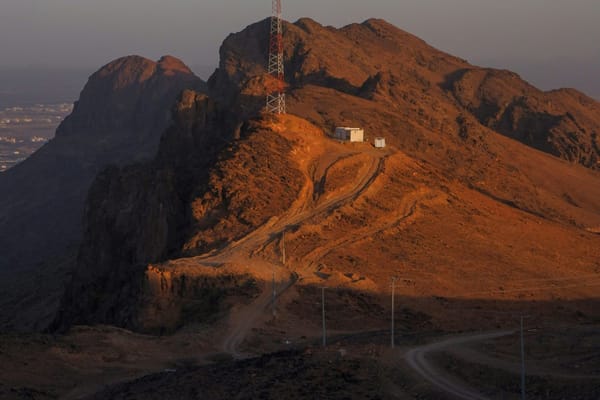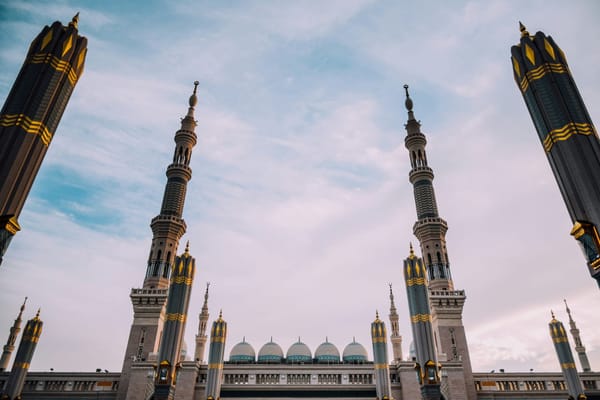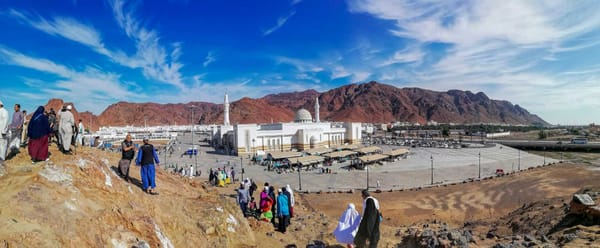Mount Uhud, located just north of Madinah, is a site of deep spiritual and historical significance in Islam. Most visitors—including families—choose to visit it via the convenient Madinah Hop-On Hop-Off Bus, which stops directly at the site and offers helpful audio commentary. Known for the pivotal Battle of Uhud, this sacred mountain draws millions of visitors each year—many of them families seeking to connect with Islamic history, offer prayers, and reflect on valuable life lessons.
Whether you're a local planning a weekend trip or a pilgrim visiting Madinah, Mount Uhud offers a powerful and educational experience for visitors of all ages.
What Happened in the Battle of Uhud?
The Battle of Uhud took place in 625 CE at the base of Mount Uhud, where the Prophet (ﷺ) led the Muslim forces of Madinah against the Quraysh army of Makkah, commanded by Abu Sufyan. After an early advantage, the tide turned when several Muslim archers disobeyed the Prophet’s orders and left their post on Jabal al-Rumah, allowing a surprise counterattack by Khalid ibn al-Walid.
The result was devastating—many companions were martyred, including Hamza ibn Abdul-Muttalib, the Prophet’s uncle, who was killed by Wahshi ibn Harb on behalf of Hind bint Utbah. The Prophet (ﷺ) himself was injured, and though the Muslims faced a painful setback, the battle became a timeless lesson in obedience, unity, and perseverance under trial.
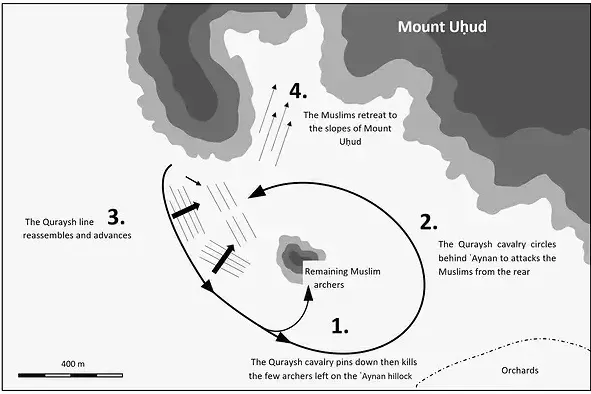
What's So Special About Mount Uhud?
The Prophet Muhammad (ﷺ) held Mount Uhud in high regard. He once said, "Uhud is a mountain that loves us, and we love it" (Sahih al-Bukhari). This hadith alone shows the mountain’s spiritual value, and it's believed by many scholars that Mount Uhud will be in Jannah (Paradise), elevating its status beyond historical importance.
Key takeaways from the battle:
- Lessons in Obedience: The Muslim army's initial success turned into near defeat due to disobedience of strategic orders.
- Heroism and Sacrifice: Over 70 companions, including the Prophet's uncle Hamza ibn Abdul-Muttalib, were martyred.
- Prophetic Leadership: The Prophet himself was injured, but his leadership and perseverance stood as a testament to faith in adversity.
Why Did Muslims Lose Uhud?
Despite initial success, the Muslim army's archers disobeyed the Prophet’s command to hold their position on the hill. This tactical error allowed the Quraysh to counter-attack, leading to heavy Muslim casualties and a near-defeat. The battle became a powerful lesson in obedience, unity, and patience.
Whose Grave is in Uhud?
The most notable grave is that of Hamza ibn Abdul-Muttalib, the beloved uncle of the Prophet Muhammad (ﷺ), who is honored as the “Leader of the Martyrs.” Alongside him are more than 70 companions who sacrificed their lives.
Visitors can offer dua and reflect on the sacrifices made by these early Muslims.
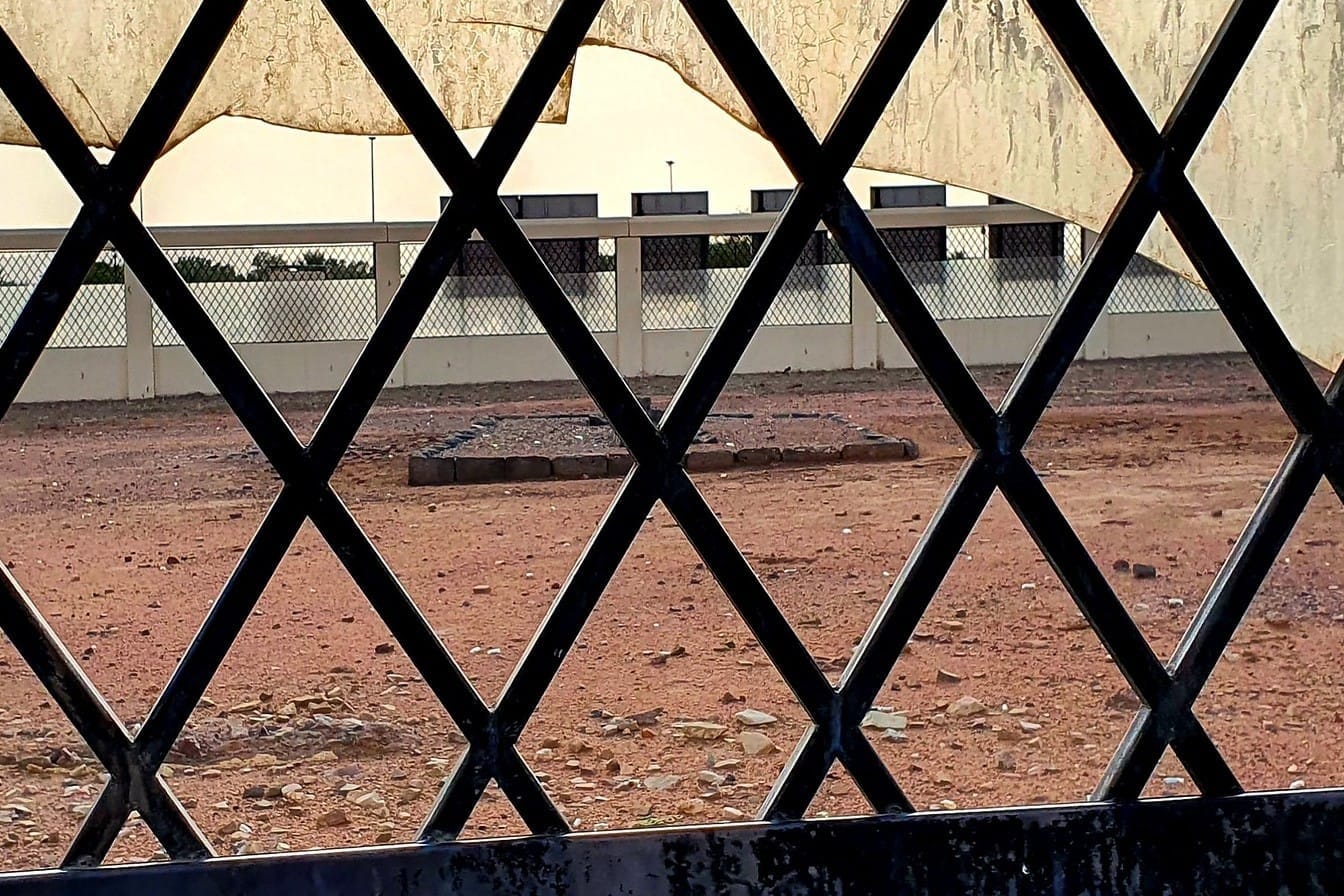
How to Reach Mount Uhud
One of the easiest and most convenient ways to reach Mount Uhud is by using the Madinah Hop-On Hop-Off Bus, which includes Mount Uhud as one of its designated stops. The service is ideal for families, as it allows for flexible travel with informative audio guides available in multiple languages. You can explore the site at your own pace and then continue on to other important landmarks around the city.
Best Times to Visit Uhud
To make the most of your family trip, consider the following tips:
- Visit Early or Late in the Day: Temperatures are cooler and crowds are thinner.
- Avoid Weekends: Weekdays are typically less crowded.
- Seasonal Considerations: Winter months (November to February) offer the most pleasant weather for exploring.
What to Bring
Mount Uhud is an outdoor site, so a little preparation goes a long way:
- Comfortable walking shoes (terrain is rocky and uneven)
- Hats and sunscreen for sun protection
- Plenty of water
- Modest, respectful clothing
- A small prayer mat if you plan to pray at the site
What to Say When Visiting Uhud
When visiting a site like Mount Uhud, it's customary to offer prayers for the martyrs and reflect quietly. A common supplication is:
"Assalamu alaikum ya Ahl al-Diyar min al-Mu'mineen wal-Muslimeen, wa inna in shaa Allahu bikum lahiqoon. Nas'al Allah lana wa lakum al-'aafiyah."
This means: "Peace be upon you, O inhabitants of these dwellings among the believers and Muslims. Indeed, we are, Allah willing, soon to join you. We ask Allah for well-being for us and for you."
What to do when visiting Uhud?
1. The Martyr's Cemetery (Maqbarat Shuhada Uhud)
Located at the base of the mountain, this cemetery holds the graves of many who were martyred during the battle.
2. Archers' Hill (Jabal al-Rumah)
This small hill played a crucial role during the battle, where the Prophet posted archers to secure the Muslim army's rear. Climbing it gives a strategic view of the battlefield and enhances your understanding of the event.
3. Cave of Uhud
A lesser-known site, this cave is believed to have been a place of refuge for the Prophet during the battle. Visiting this quiet spot adds depth to your historical journey.
4. Masjid Shuhada
Located adjacent to the Martyrs’ Cemetery at the foot of Mount Uhud, Masjid Shuhada is a modest but spiritually significant mosque. It was built to honor the martyrs of the Battle of Uhud, especially Sayyid al-Shuhada, Hamza ibn Abdul-Muttalib.
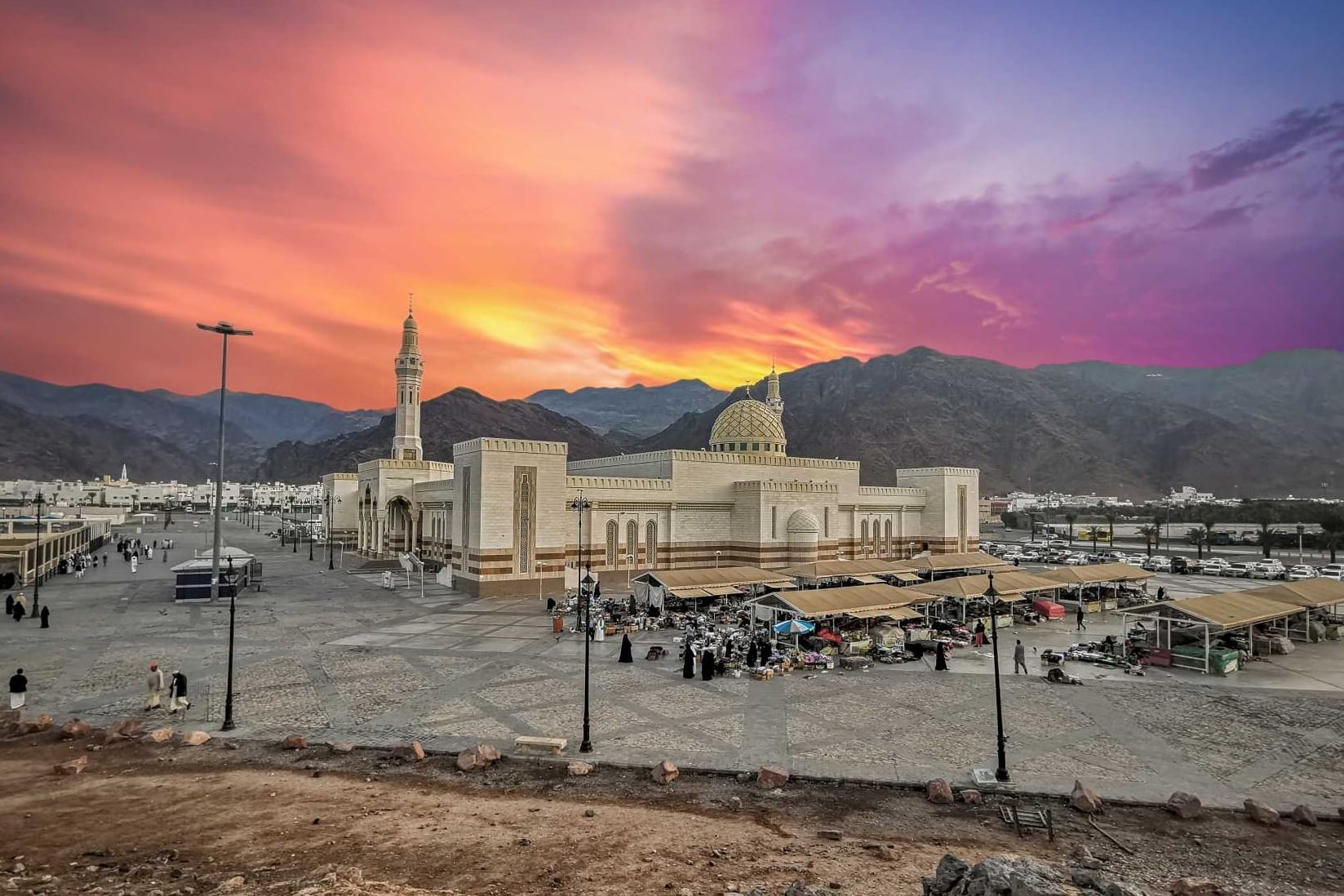
Family-Friendly Activities
Visiting Mount Uhud with children or teens? Here are some engaging ways to make the experience meaningful:
- Storytelling on Site: Share the story of the Battle of Uhud while standing near Archers' Hill or the Martyrs’ Cemetery.
- Educational Games: Bring quiz cards to test your children's knowledge about key figures and lessons.
- Guided Tours: If you're using the Hop-On Hop-Off Bus, some ticket options include multilingual audio guides or highlight access to guided tours at major stops like Mount Uhud, enhancing your educational experience.
Combine with a Visit to Quba Masjid
After exploring Mount Uhud, enhance your family trip with a visit to Quba Masjid. It is the first mosque ever built in Islam and holds great reward for worshippers. The mosque's calm and welcoming environment is perfect for a quiet prayer and reflection.
Hop back on the Madinah Hop-On Hop-Off Bus after your visit to Mount Uhud and head to your next destination—Quba Masjid. As part of the bus's well-planned route, it conveniently connects you to this sacred site, along with other key Islamic landmarks across Madinah.
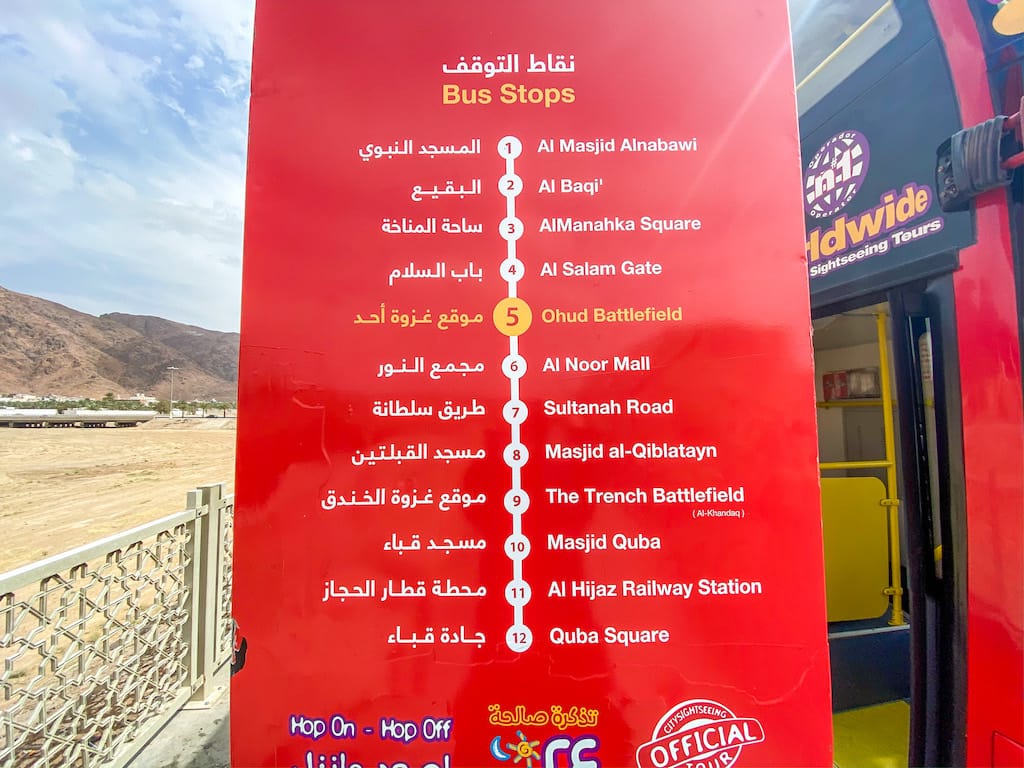
Travel Tips for Families
- Snacks: Pack healthy snacks for kids. Food vendors are present but options may be limited.
- Toilets and Facilities: Basic public restrooms are available near the parking area.
- Stroller Accessibility: The terrain can be challenging, so baby carriers are recommended for toddlers.
- Respect the Environment: Teach children to treat the site with reverence—no littering, loud talking, or climbing on restricted areas.
Nearby Attractions
While in Madinah, don’t miss these enriching stops—best explored using the convenient Hop-On Hop-Off Bus for a smooth and informative journey.
- Masjid al-Qiblatain – Where the Qiblah changed from Jerusalem to Makkah.
- The Prophet's Mosque (Masjid an-Nabawi) – One of the holiest sites in Islam.
- Dar Al Madinah Museum – Offers an interactive journey through Madinah’s history.
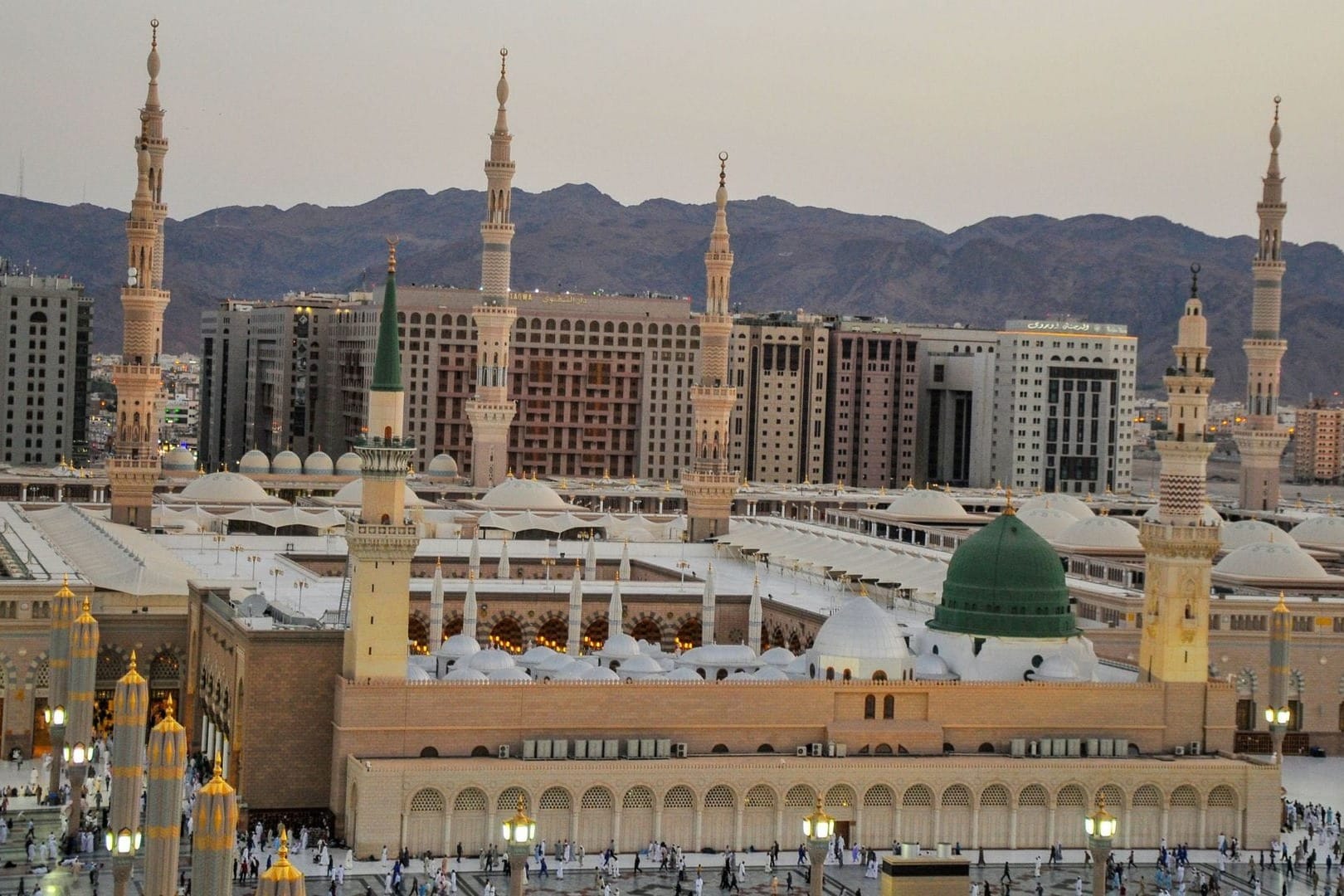
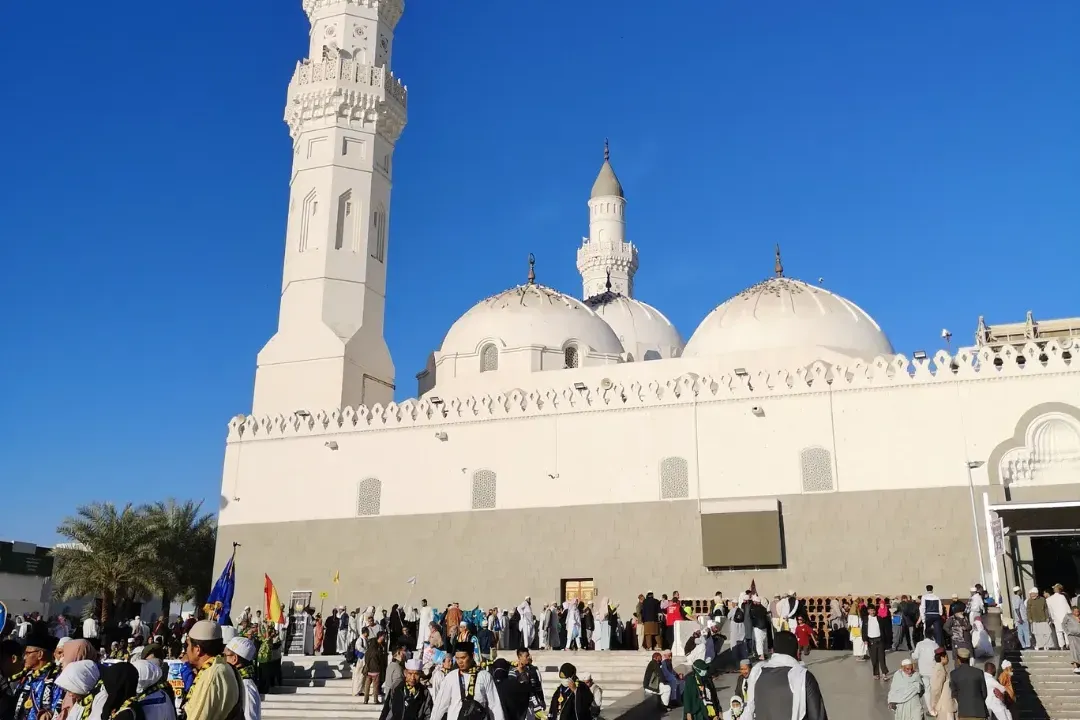
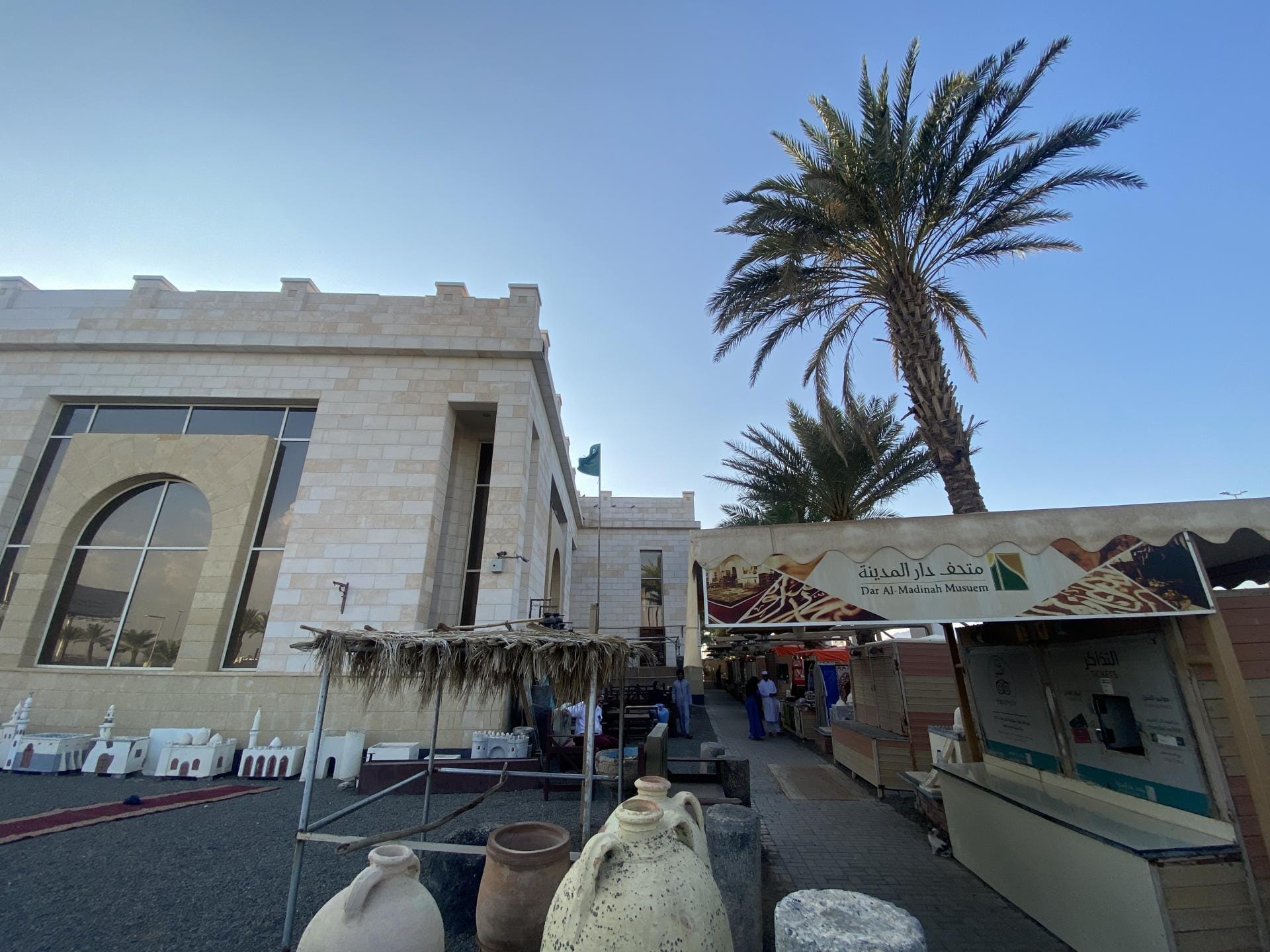
Final Thoughts
Mount Uhud is more than a tourist destination—it's a spiritual classroom where families can learn, reflect, and grow together. By combining education with emotion, and planning the trip thoughtfully, you can turn a simple visit into a powerful life memory. Use resources like the Madinah Hop-On Hop-Off Bus to maximize your comfort and access while exploring the city's treasures.
Whether you're visiting for the first time or returning for deeper reflection, Mount Uhud promises an unforgettable family journey steeped in history, faith, and unity.
Safe travels and peaceful reflections!

